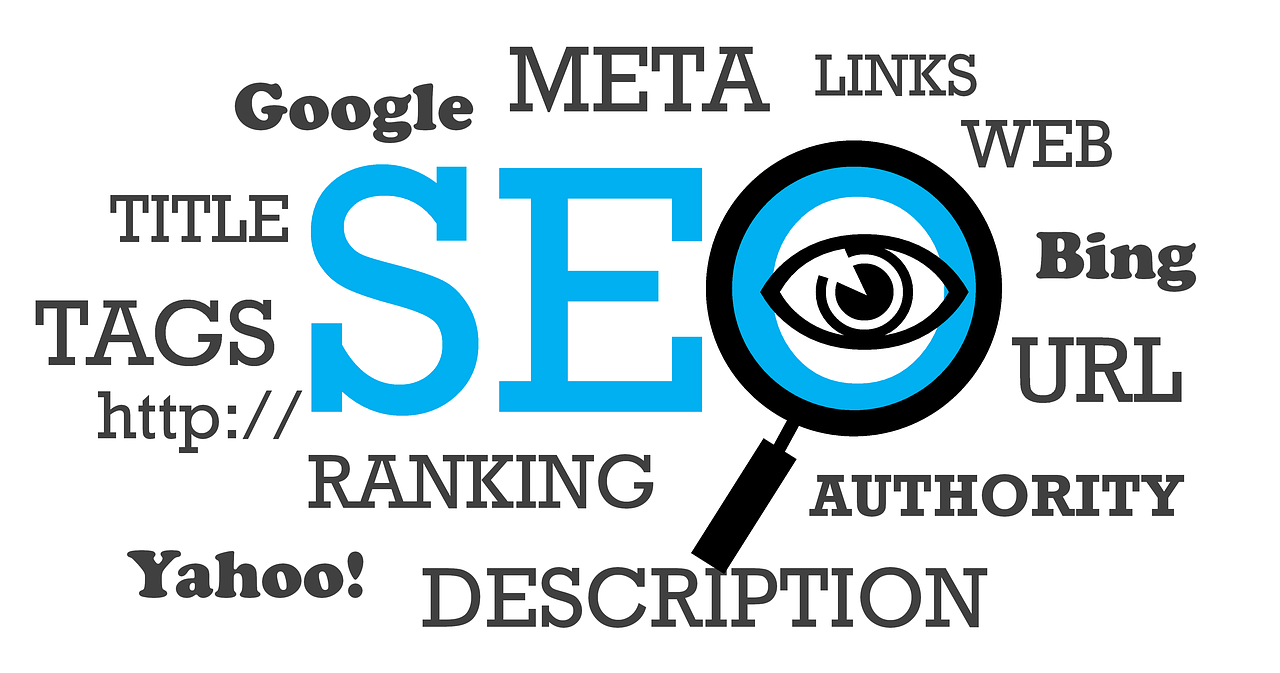Understanding the difference between white hat and black hat seo
|
SUMMARY
|
In the realm of digital marketing, understanding the difference between white hat and black hat SEO is crucial for anyone seeking to improve their online presence. White hat SEO refers to ethical practices that align with search engine guidelines, focusing on providing valuable content and a positive user experience. In contrast, black hat SEO encompasses tactics that attempt to manipulate search engine rankings, often at the expense of quality and integrity. Recognizing these distinctions is essential for formulating a sustainable SEO strategy that not only achieves results but also safeguards against potential penalties.
Understanding White Hat and Black Hat SEO
When it comes to SEO, two primary approaches stand out: white hat SEO and black hat SEO. These terms represent two distinct philosophies regarding how to optimize a website for search engines. White hat SEO refers to ethical strategies that comply with search engine guidelines, ensuring that the website delivers genuine value to users. For instance, creating quality content that answers users’ queries and naturally earns backlinks is a hallmark of this approach. In contrast, black hat SEO involves deceptive practices intended to manipulate search rankings. Techniques such as keyword stuffing, cloaking, and using link farms are typical examples of black hat tactics. While black hat methods might yield quick results, they carry high risks, including penalties from search engines and potential permanent damage to a website’s reputation. Understanding these two strategies is vital for anyone looking to establish a sustainable online presence.
Diving deeper, it’s essential to recognize that the distinction between white hat and black hat SEO often sparks debate among marketers. Some practices fall into a gray area, where the ethical implications are not immediately clear. For example, aggressive link building can sometimes blurs the lines, as what might seem like standard promotion could lead into risky territory if it ignores guidelines. Therefore, grasping the nuances between these approaches is crucial for making informed decisions that align with your long-term goals in the digital landscape.

Understanding the Spectrum of SEO Practices
The distinction between White Hat and Black Hat SEO is often encapsulated in the ethical approach to search engine optimization. White Hat SEO encompasses practices that comply with search engine guidelines, focusing on quality content and user experience. For instance, organic link building through engaging content and maintaining transparency with audience interactions exemplifies this approach. Conversely, Black Hat SEO engages in tactics that intentionally deceive search engines—such as keyword stuffing, cloaking, or using private link networks—which can result in severe penalties, including site deindexing. According to research, websites employing Black Hat techniques face higher risks of dropping out of search rankings altogether, emphasizing the potential short-term gains are far outweighed by long-term consequences.
In addition, the concept of Gray Hat SEO emerges as a middle ground between these two extremes, where practices may not be strictly unethical but operate in the ambiguous region of search guidelines. For example, paying for links might not blatantly violate policies but straddles the line of ethical practices. This spectrum shows that just as search engine algorithms evolve, so does the interpretation of what constitutes acceptable SEO. Consequently, marketers must navigate these complexities and choose strategies wisely to ensure sustainable success in an online environment that increasingly prioritizes genuine engagement over manipulative tactics.

Understanding SEO Strategies
White Hat vs. Black Hat SEO
The world of Search Engine Optimization (SEO) is vast and often confusing, particularly when it comes to differentiating between white hat and black hat techniques. White hat SEO refers to ethical practices that comply with search engine guidelines, promoting quality content and user experience. Conversely, black hat SEO encompasses tactics that violate these guidelines, aiming to manipulate search engine algorithms for quick gains.
For instance, a website utilizing white hat techniques will focus on creating valuable, relevant content, using genuine backlinks, and enhancing user experience. In contrast, a black hat approach might resort to keyword stuffing, spamming links, or cloaking, ultimately risking penalties from search engines and damaging the website’s reputation.
- Content Quality: White hat SEO prioritizes creating informative content that fulfills user intent, while black hat methods often produce low-quality content filled with keywords.
- Link Building: Ethical practices involve earning backlinks through valuable contributions, whereas black hat strategies may rely on purchasing links or using link farms.
- User Experience: White hat tactics focus on technical optimization, ensuring fast load times and mobile-friendliness, unlike black hat strategies that might sacrifice user experience for ranking.
- Longevity: Websites following white hat strategies are more likely to maintain rankings over time, while those employing black hat techniques could face sudden penalties and ranking drops.
Understanding these distinctions is crucial for anyone navigating the digital marketing landscape, as the choice between white and black hat practices can greatly influence a website’s long-term success.
Understanding the Differences Between White Hat and Black Hat SEO
Search Engine Optimization (SEO) is essential for enhancing online visibility and driving business growth. It is important to distinguish between White Hat and Black Hat SEO as each follows different ethical standards and techniques. White Hat SEO adheres to search engine guidelines, promoting genuine strategies that ensure long-term success. Techniques such as quality content creation, ethical link building, and improving user experience fall under this category. Conversely, Black Hat SEO involves methods that violate these guidelines, including keyword stuffing, cloaking, and using low-quality backlinks. These practices may yield fleeting advantages, but they often result in significant penalties from search engines. This risk is a crucial consideration for anyone involved in digital marketing.
Furthermore, the emergence of Gray Hat SEO complicates the landscape, blending elements of the two extremes. Professionals risk straying from ethical practices while still aiming for positive results. To make informed decisions, marketers should delve into resources such as this guide that outlines the key differences and implications of each approach. Additionally, understanding link building strategies, as discussed in detail in this article, helps navigate the complexities of SEO practices.
It’s essential to remember that while Black Hat SEO might seem like a shortcut, the long-term ramifications can be detrimental to a website’s credibility. For those looking to enhance their e-commerce presence, exploring e-commerce SEO strategies can provide valuable insights on ethical tactics for growth. Additionally, grasping the impact of rich snippets on SEO is outlined thoroughly in this resource, aiding individuals in making informed choices about their SEO strategies.
Marketers should also invest their time in understanding key SEO ranking factors to ensure their tactics remain aligned with industry standards. Resources such as this informative page break down the most critical elements that influence online performance.
Whether you are new to SEO or looking to refine your strategy, knowing the differences between White Hat, Black Hat, and even Gray Hat SEO is vital. For example, learn more about the implications of SEO tactics by reviewing the differences on this site and explore options for tracking SEO rankings over time by checking this guide.
In summary, navigating the complex world of SEO requires a thorough understanding of ethical practices and a clear distinction between legitimate and deceptive tactics. By prioritizing transparency and quality, marketers can build sustainable websites that thrive in a competitive digital landscape.

In the realm of Search Engine Optimization (SEO), understanding the distinctions between white hat and black hat techniques is crucial for any digital marketer aiming for sustainable success. White hat SEO refers to ethical practices that align with search engine guidelines, focusing on enhancing user experience and creating quality content. On the other hand, black hat SEO involves manipulative tactics that violate these guidelines, often leading to severe consequences for websites in terms of penalties or de-indexing.
The key differences lie in their underlying principles; while white hat strategies build long-term credibility and traffic, black hat methods may yield short-term gains but come with substantial risks. It is essential for marketers to recognize where certain SEO techniques fall within this spectrum to make informed decisions. As the digital landscape evolves, employing ethical practices remains vital in establishing a trustworthy online presence and safeguarding against algorithm updates and negative repercussions.














Post Comment